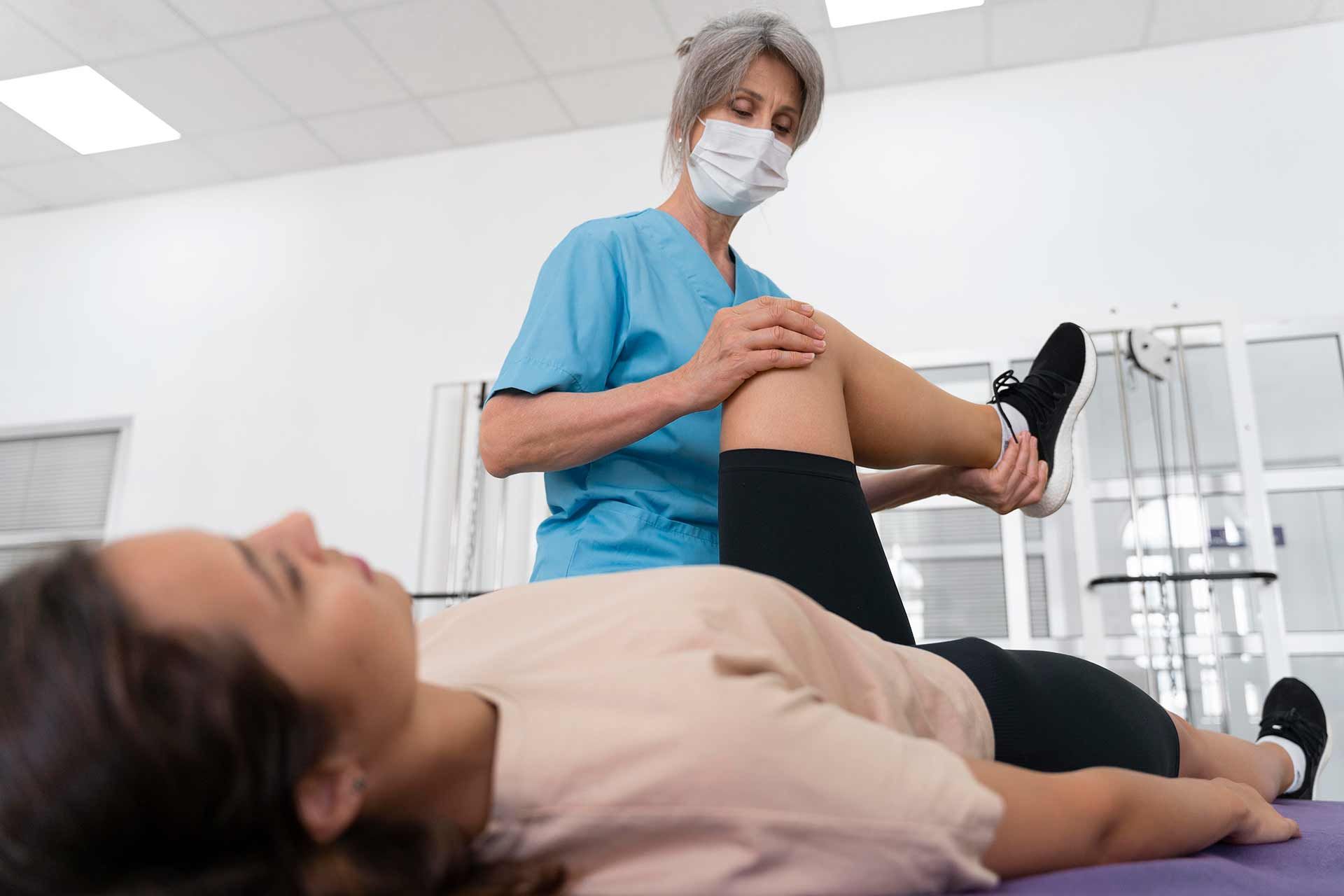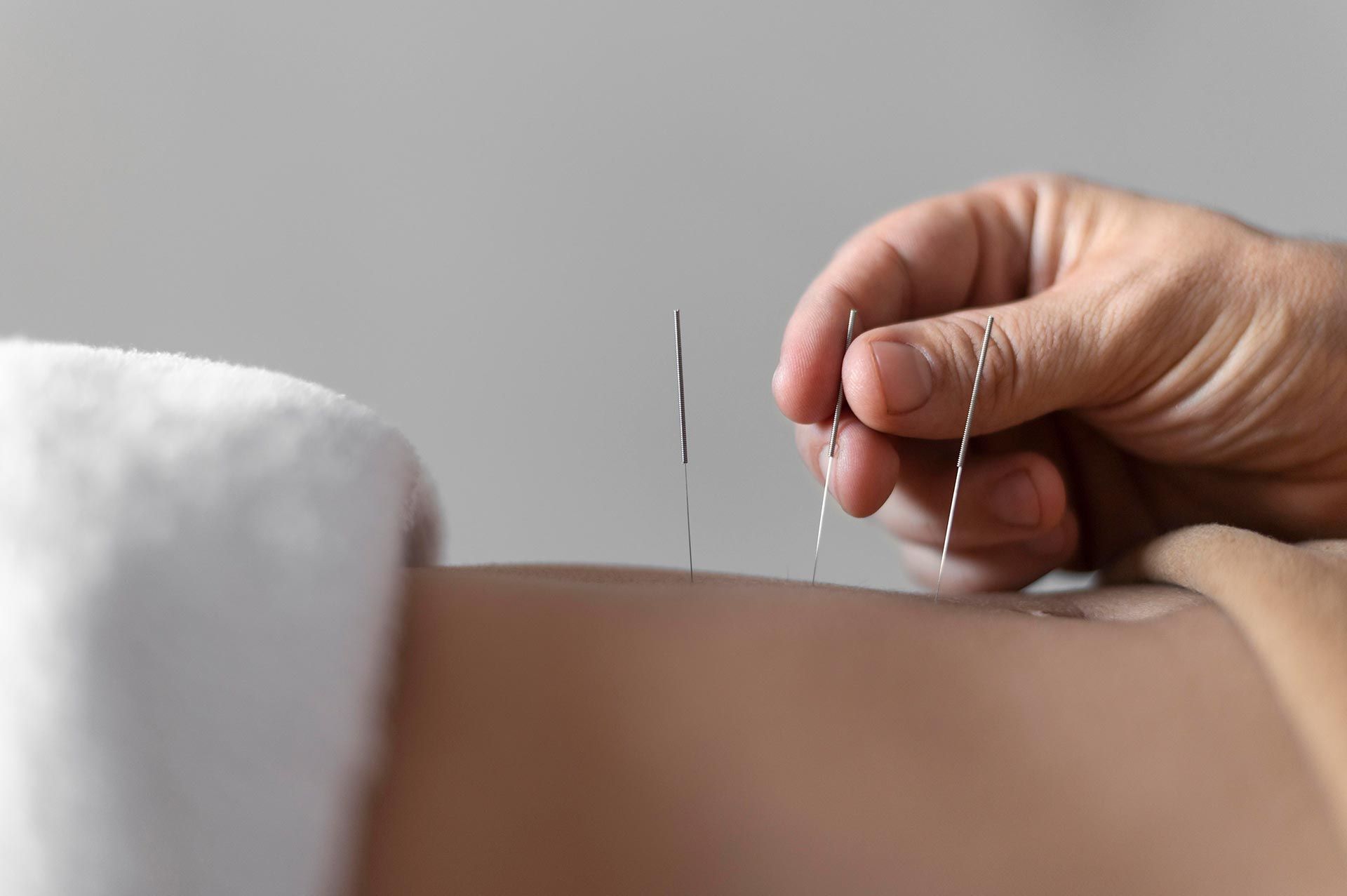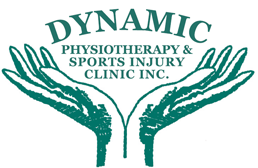Common Signs & Symptoms of Sciatica
What is Sciatica?
Sciatica refers to pain that radiates along the path of the sciatic nerve. The sciatic nerve is the largest and longest nerve in the human body beginning from the lower back through the hips and buttocks and down each leg. The nerve branches out in 2 nerves below the knee. A person having sciatica usually experiences pain and other symptoms down one leg but can be both. Because the sciatic nerve is so long there can be many signs and symptoms in the lower body.
Common Signs & Symptoms of Sciatica
Lower Back Pain
Lower back pain is one of the most common symptoms of Sciatica and the pain can vary from a tingling sensation to a severe pain which makes any movement very painful. Lower back pain can lessen or worsen depending on the position that you are in and at times no position may provide relief. Sciatica is usually caused by a herniated disc placing pressure on the nerve. Often your family doctor may provide pain killers or muscle relaxants to help lower the muscle spasms associated with sciatica. Physiotherapy as well as Acupuncture is usually very helpful in treating sciatica.
Hip Pain
Another common symptom of Sciatica is pain in the hips. This may be in one or both hips but usually is on the one side. The pain in the hips can make rotation type movements painful as the nerve is in close proximity to the piriformis muscle. Another cause of hip pain which is sometimes mistaken for sciatica is Piriformis Syndrome which have similar symptoms. A Physiotherapist or Massage Therapist or Acupuncturist can differentiate each condition with orthopedic tests.
Leg Pain
In many referred pain syndromes the pain is usually worst closest to the area where the pain originates. In sciatica the pain can be very painful in the back and hips but it can also extend all the way down the leg to the foot. Often times the referred pain is severe and debilitating. The pain in the legs can often be described as sharp pain and may worsen with certain movements and may be relieved with other movements.
Pain gets worse when the Leg is Raised
While raising the leg increases pain associated with sciatica, the Straight Leg Raise is also an Orthopedic Test and one of the first tests used in getting a proper diagnosis. The straight leg test is performed with the patient lying on their back and then lifting one leg while keeping the leg straight. This can cause pain and is a clear indicator of sciatica (other tests may also be used in confirming the diagnosis). While this test can be done at home it is often advisable to have a medical professional perform the tests to confirm the diagnosis.
Burning Symptoms in Leg
Burning sensation can sometimes occur in those who suffer sciatica however it is often short lived and can sometimes be relieved by laying down. Moving the legs can often worse the symptoms and the discomfort can be quite strong. Burning sensations are often noticed more when sciatica is acute but it can show up if you have had sciatica for some time.
Weakness in legs and Knees
While most symptoms of sciatica are pain radiating down the leg and lower back weakness in the legs and knees can be a symptom as well. While the weakness can be quite noticeable it won’t cause a complete loss of movement but it can limit mobility. In many cases people are reluctant to seek help when weakness is present, however people should consult a medical professional when experiencing weakness in the legs.
Pins and Needles
At some point during our lives we have experienced the feeling of pins and needles either when sitting or laying in the same position for a long period of time. Pins and needles are caused by a restricted blood flow to a certain area or by the nerves being placed under pressure. Pins and needles are usually an unpleasant feeling but in some cases it can be quite uncomfortable. In those who suffer sciatica pins and needles are somewhat common and are usually from sitting down or being in an awkward position for too long. IF one experiences pins and needles try moving somewhat to have the symptoms reduced.
Sciatica can be a very debilitating condition to suffer from with the most common symptoms being lower back pain and pain radiating down one or both legs but in most cases just one leg. Many of the symptoms of sciatica are often similar to a condition called Piriformis Syndrome especially hip pain and pain in the leg but there are differences. A Physiotherapist/Massage Therapist would be able to discern the difference by using Orthopedic tests to confirm a diagnosis.
Our trained staff of Physiotherapists, Massage Therapist as well as Acupuncturists can help with the symptoms and in treatment of Sciatica or Piriformis Syndrome. Dynamic Physiotherapy & Sports Injury Clinic Inc. can directly bill to most insurance companies and appointments can be schedule usually within 48 hours.
For more information please contact us at 289-201-2435 or via our website at www.dynamicphysiotherapy.ca Appointments can also be schedule online.
SHARE POST:
Leave a Comment:
Our Recent Post:








Contact Dynamic Physiotherapy & Sports Injury in Mississauga
For expert care and rehabilitation, contact Dynamic Physiotherapy & Sports Injury in Mississauga. Our dedicated team is ready to help you recover and achieve your health goals.


